#floraofsouthafrica
Text
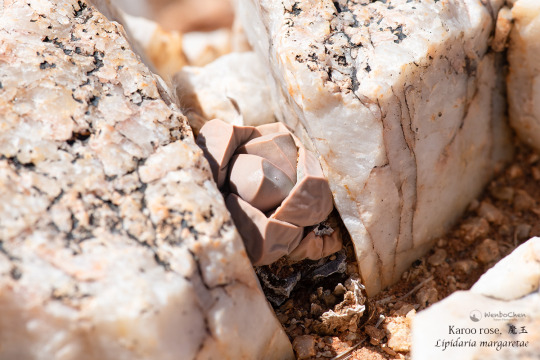
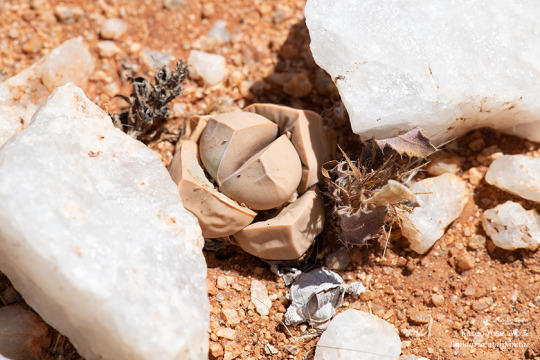




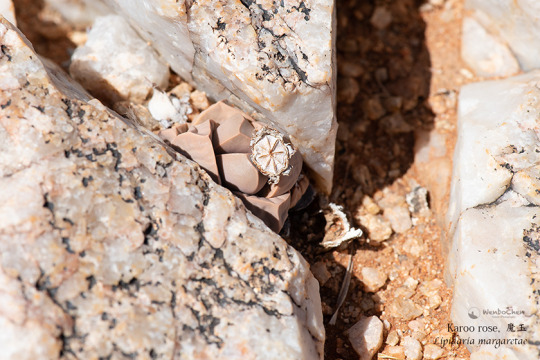

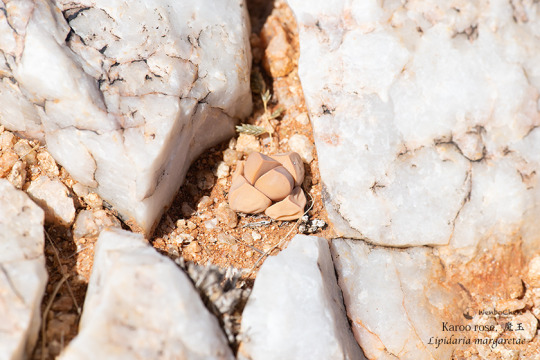
Mesembs are succulents that mimic their environment, they are among the most drought-tolerant plant species. See how this faceted-quartz-like Karoo rose (Lapidaria margaretae) matches its habitat (white quartz plain in Namaqualand) perfectly in South Africa.
162 notes
·
View notes
Photo

Let’s talk about bulbs! Bulb, or a more technical term: geophyte, is used as a catch all term to discuss any plants that have underground, fleshy storage structures. There are multiple types of underground storage structures, including: true bulbs, corms, rhizomes, tuberous roots, and tubers. The South African Cape region is home to over 2,000 geophyte taxa and some are currently putting on a brilliant display in our South African collection. 🇿🇦 Amaryllis belladonna is a member of the Amaryllidaceae which occurs in the southwestern Cape region. The leaves of A. belladonna are produced after the plant flowers, a mechanism known as hysteranthy. 🌸 Haemanthus coccineus, or blood flower, is another member of the Amaryllidaceae and has a laterally compressed bulb. In southern Africa it typically blooms from February to April, however here in San Francisco we’ll see it blooming throughout the late summer and early spring. 🌱 Aristea ecklonii is a small perennial in the Iridaceae. Unlike the Amaryllidaceae plants, A. ecklonii, a member of the Iridaceae, has rhizomes as it underground storage. Aristea ecklonii has a wide native range and is found from Uganda to South Africa. 🌿 #sfbotanicalgarden #floraofsouthafrica #amaryllis #haemanthus #aristea #bulbs #geophytes (at San Francisco Botanical Garden) https://www.instagram.com/p/B2ULKnYA5nI/?igshid=19de7v7jve4fb
1 note
·
View note
Text

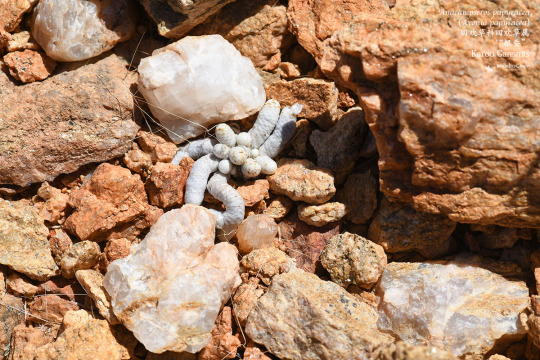

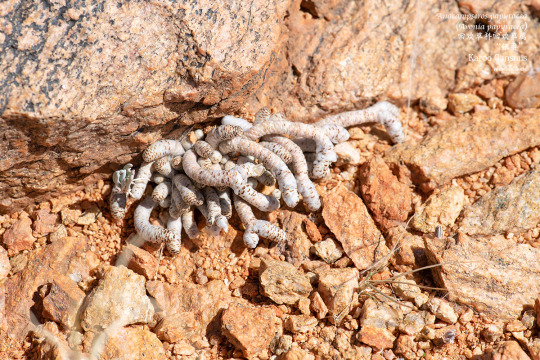
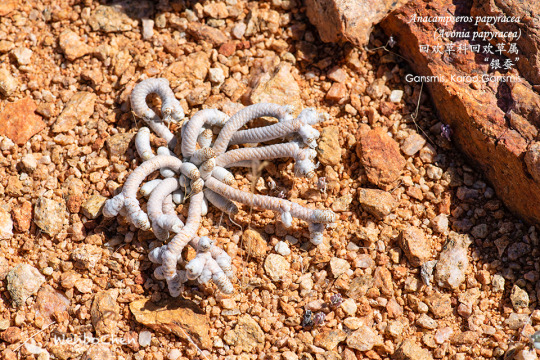
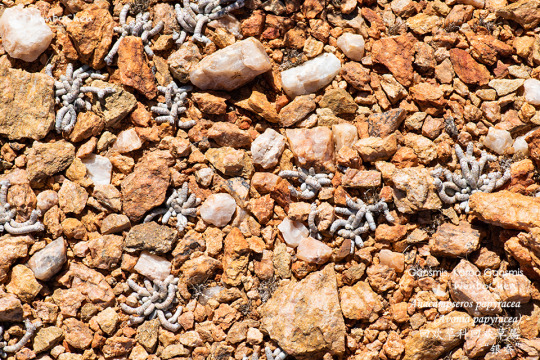




Karoo gansmis (Avonia papyracea) is said to mimic bird droppings to avoid herbivores in the desert of the Northern Cape. But I suspect it resembles more caterpillars and thus may be more attractive to birds? (the Chinese name is 银蚕 , which means silver silkworm). The white scales (stipules) function as shade clothes to protect the small green leaves underneath from the harsh desert sun. How clever it is!
52 notes
·
View notes
Text

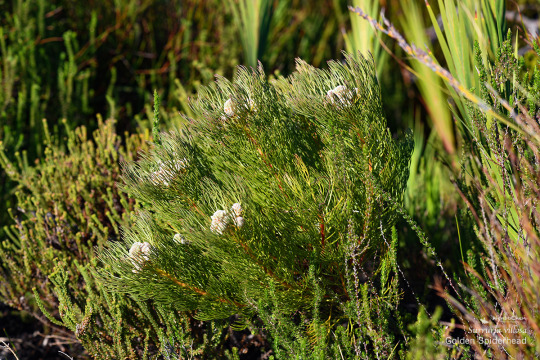

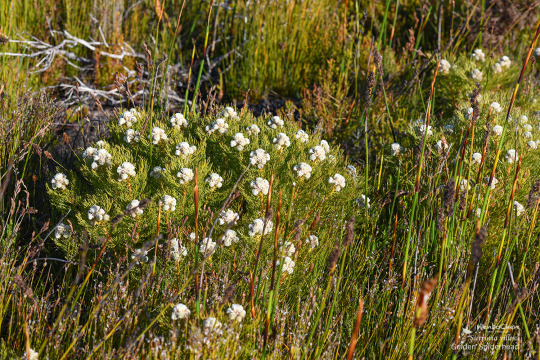


Is this Serruria villosa? It matches all the descriptions I could find, except this was in late August, and the flower was white (supposed to be April-July and yellow, respectively).
8 notes
·
View notes
Text

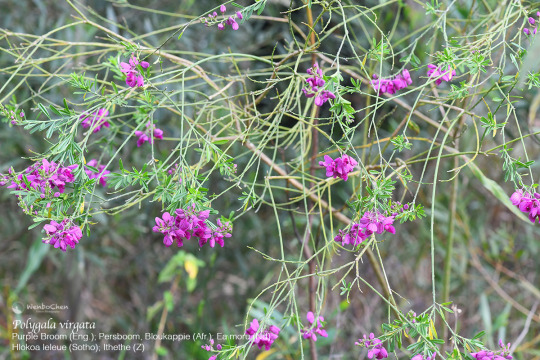



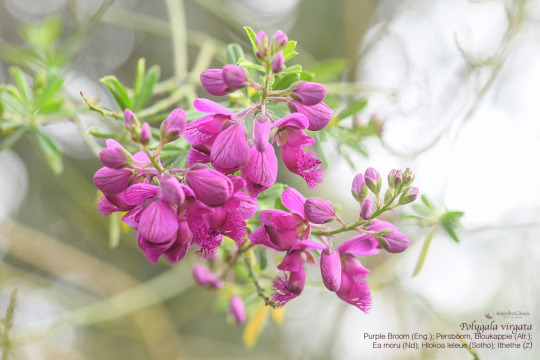
Purple Broom (Polygala virgata), originally from southern Africa. It was introduced to Australia as a garden plant, but it managed to escape the gardens and naturalised itself in SE and SW Australia. This was photographed in Brisbane Water NP of Sydney.
#floraofsouthafrica#floraofaustralia#sydneywildflower#polygalaceae#polygalavirgata#environmentalweed#远志科#澳洲植物#南非植物
20 notes
·
View notes
Text
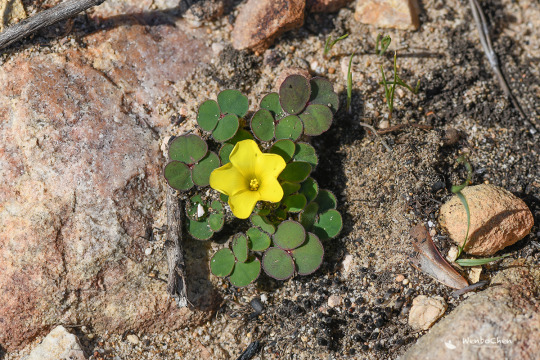

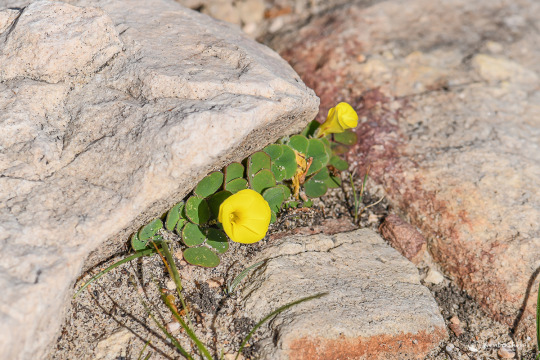
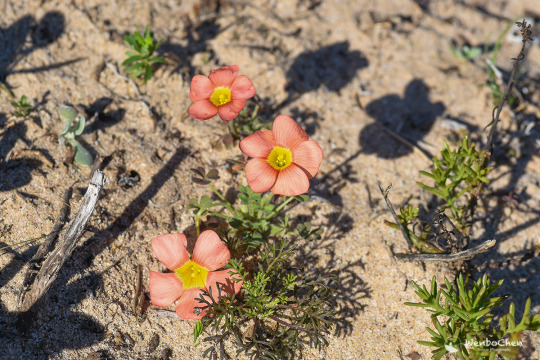

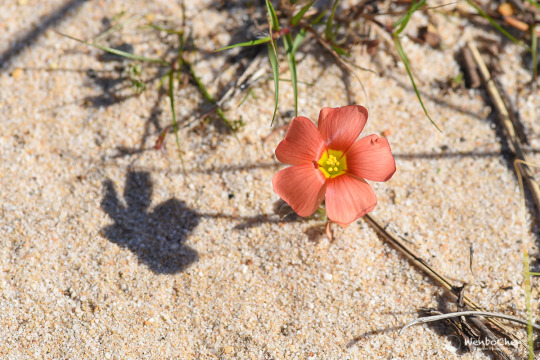

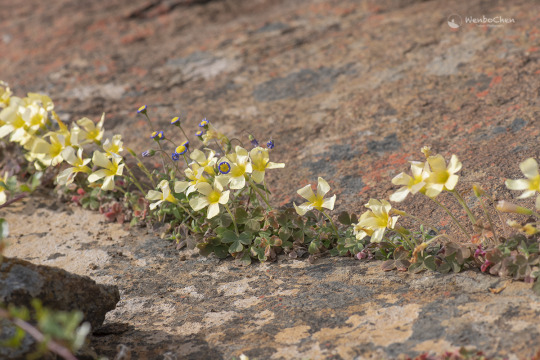

Some South African Oxalis species I saw in Western Cape.
12 notes
·
View notes
Text



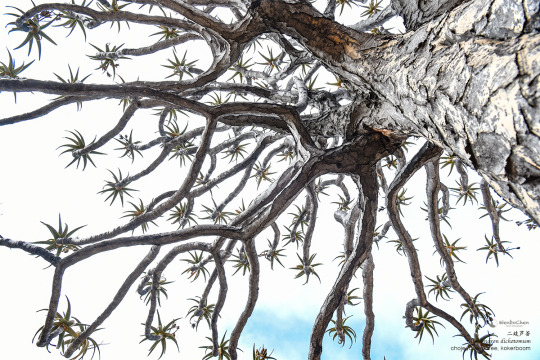
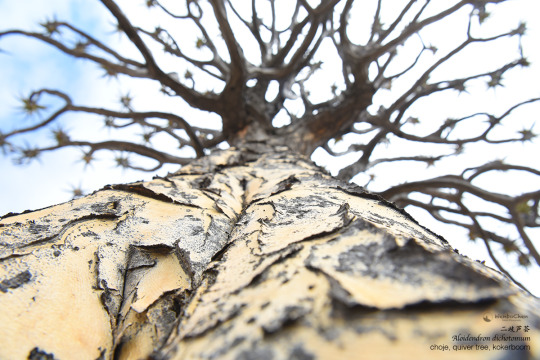
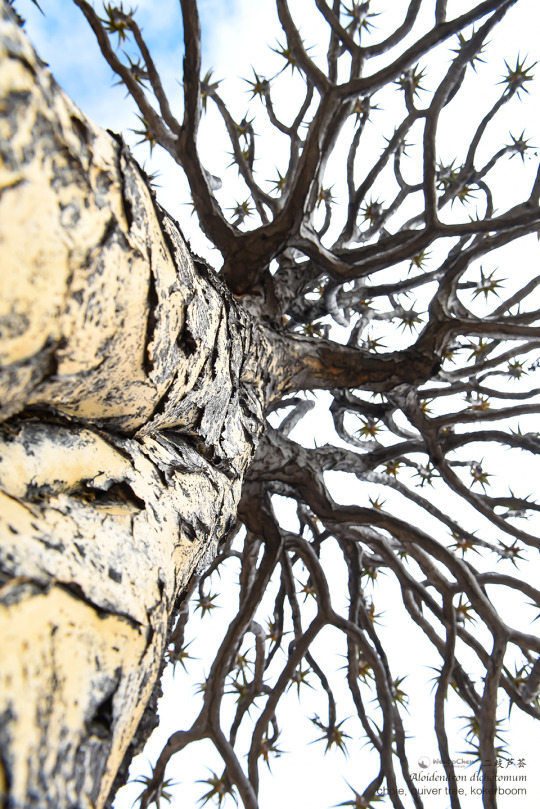
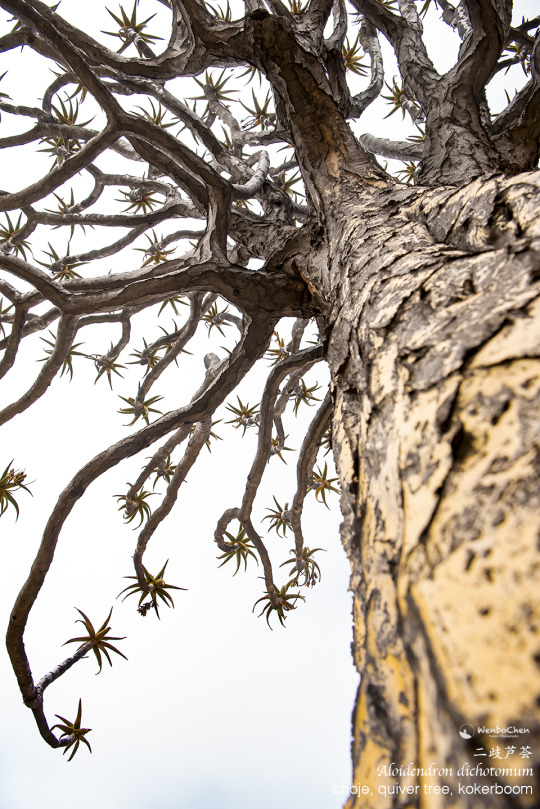
Viewing the quiver tree from a different angle. Orbicule Hill, Northern Cape South Africa.
#floraofsouthafrica#southafricanplant#choje#kokerboom#quivertree#Aloedichotoma#Aloidendrondichotomum#南非植物#二歧芦荟
13 notes
·
View notes
Text



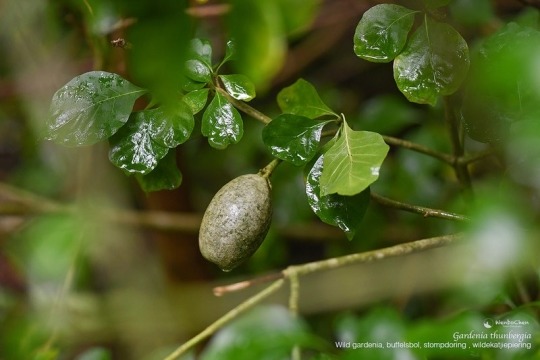

Gardenia thunbergia, a wild gardenia from SE South Africa and Eswatini. The hard fruits are consumed by large mammals such as elephants, and the animals thus help in seed dispersal.
7 notes
·
View notes
Text

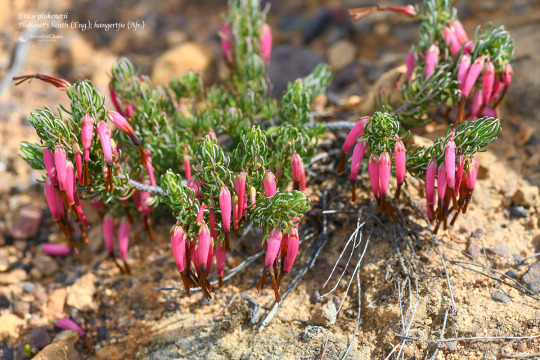
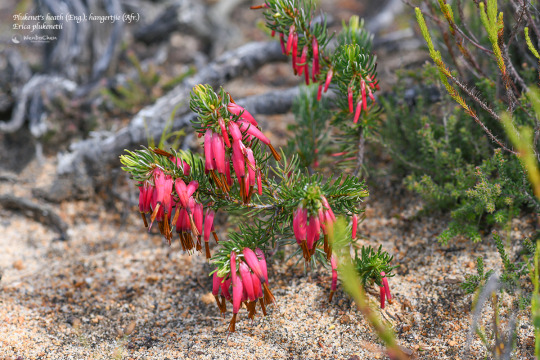
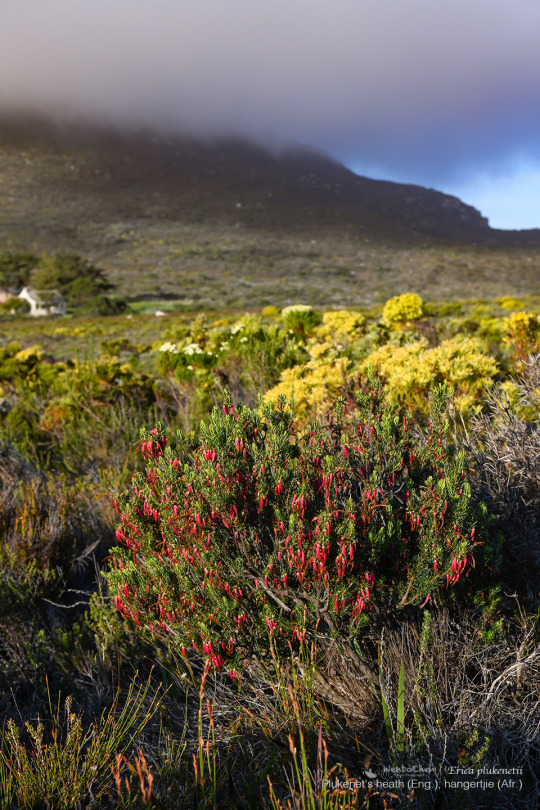
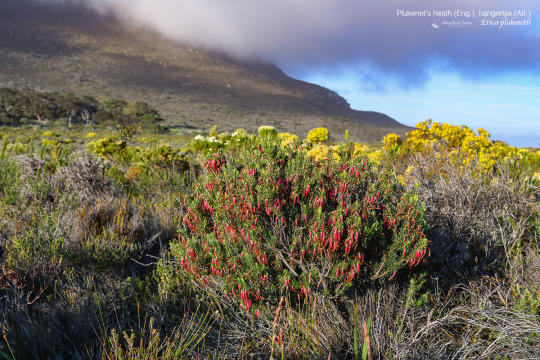

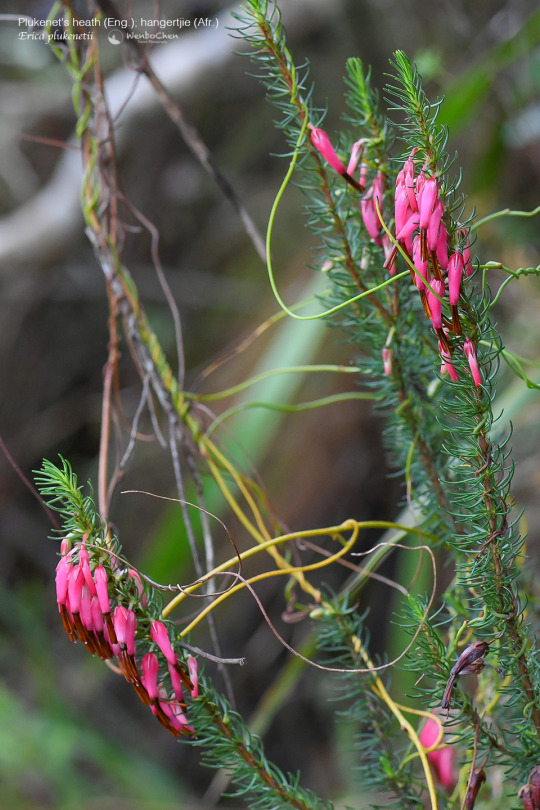
South African plant: Plukenet's heath (Erica plukenetii). Relatively easy to identify, as it has rosemary-like foliage and far-exserted stamens.
5 notes
·
View notes
Text
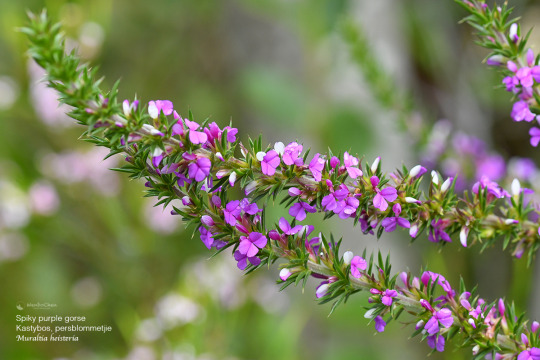



Spiky purple gorse
Kastybos, persblommetjie
Muraltia heisteria
This South African shrub has naturalised in Australia, especially in Sydney. Originally from the Cape region.
4 notes
·
View notes
Text




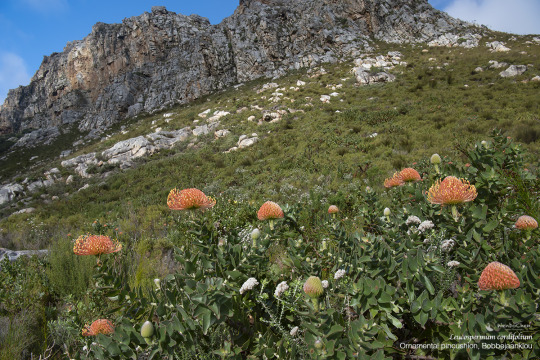
Ornamental pincushion/Bobbejaanklou (Leucospermum cordifolium), endemic to Western Cape.
4 notes
·
View notes
Text

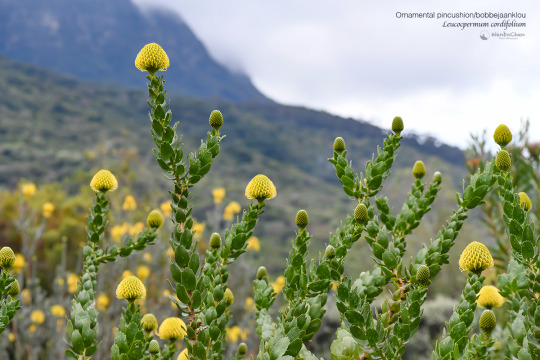
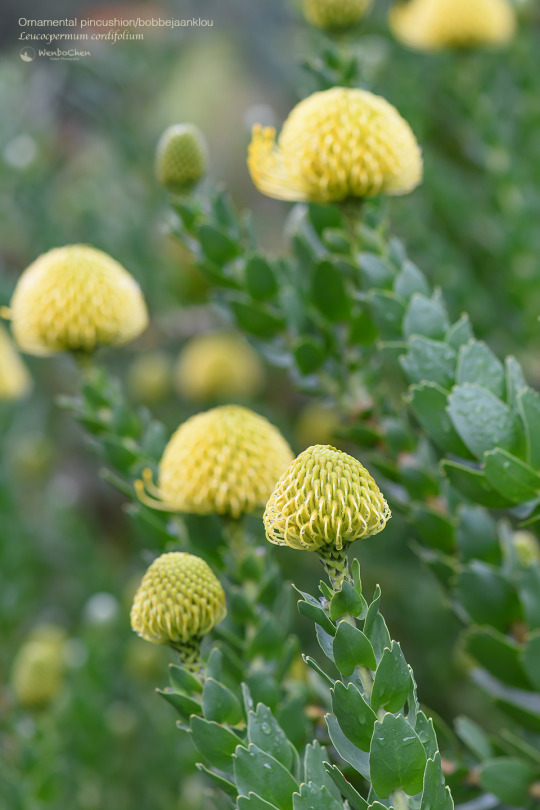
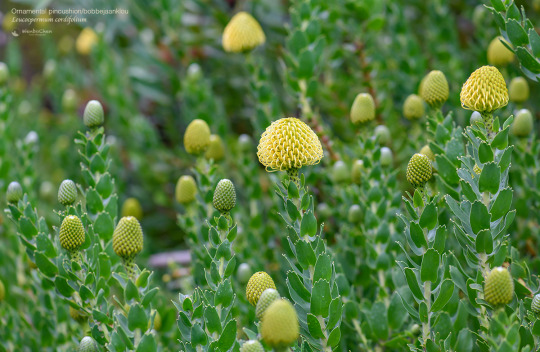

The yellow form of ornamental pincushion/bobbejaanklou (Leucospermum cordifolium), endemic to Western Cape.
#floraofsouthafrica #proteaceae #南非植物 #山龙眼科 #针垫花属 #pincushion #leucospermum
6 notes
·
View notes
Photo


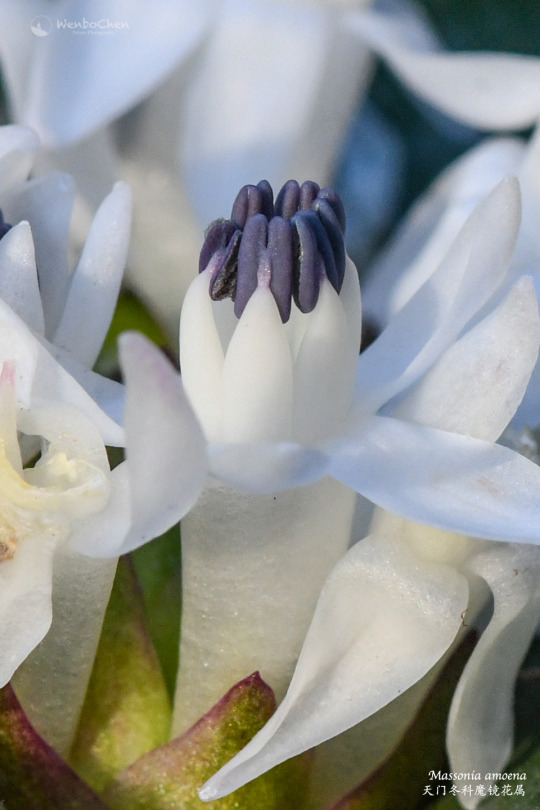





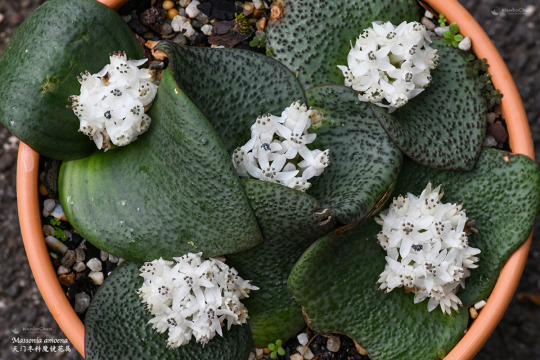
Massonia amoena, a new species described in 2014, from the Eastern Cape of South Africa.
150 notes
·
View notes
Text


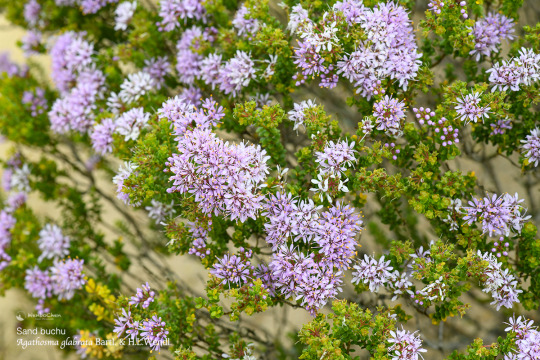
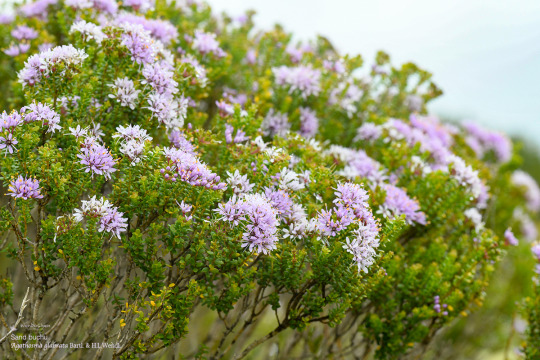
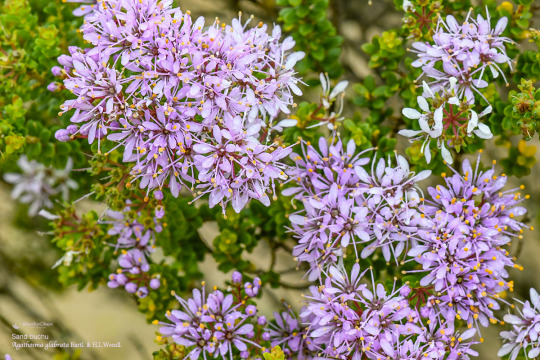
Sand buchu (Agathosma glabrata) on the west coast of the Western Cape. It's an endangered species and there are only three known locations in the wild. (I am not sure if this is one of them) Very aromatic Rutaceae shrub.
11 notes
·
View notes
Text
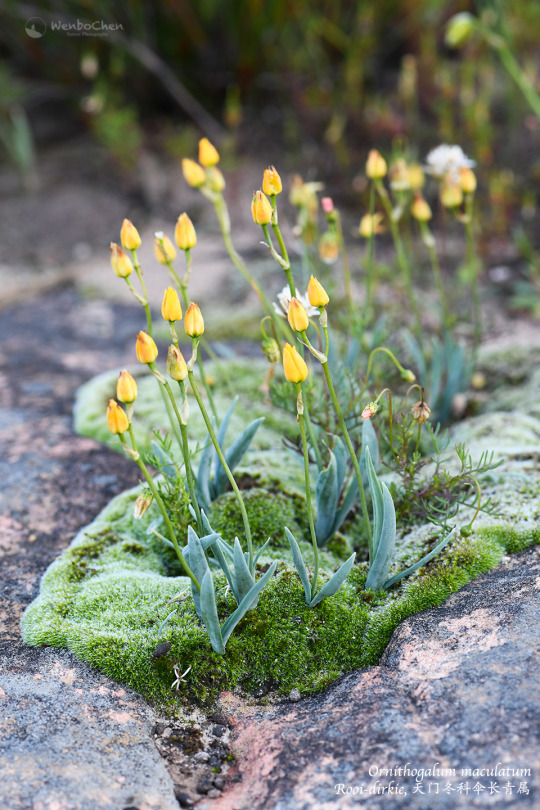

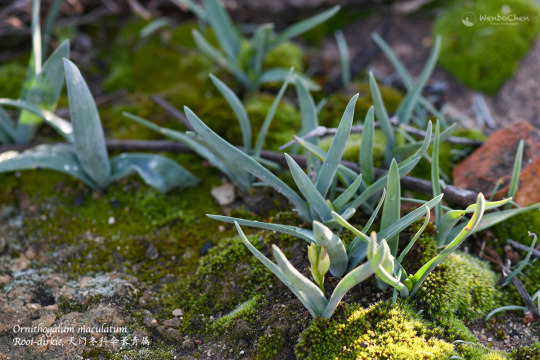


A miniature rock garden near Cistrusdal Western Cape. The small bulbous plant is Ornithogalum maculatum (I think). Unfortunately, it was in the early morning, the flowers were not open yet.
23 notes
·
View notes
Text

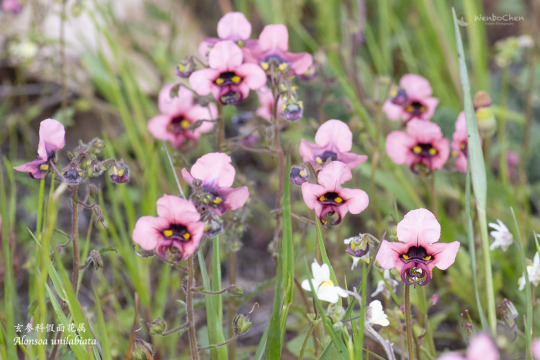

The angriest and evilest plant I've ever photographed: the mask flower (Alonsoa unilabiata) of Northern Cape, which is an annual plant from the family of Scrophulariaceae.
36 notes
·
View notes